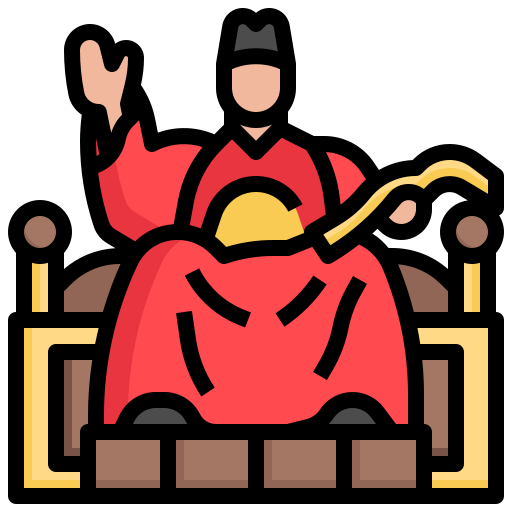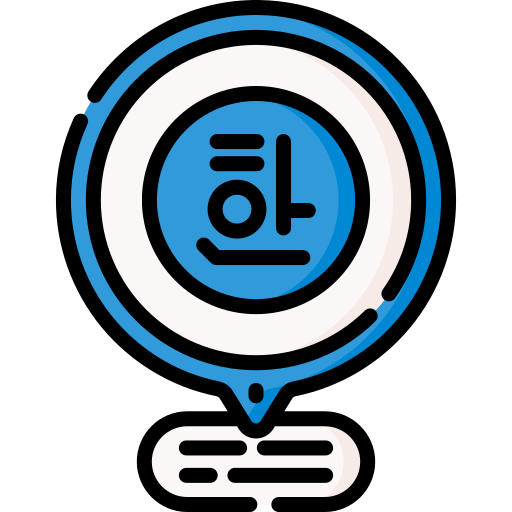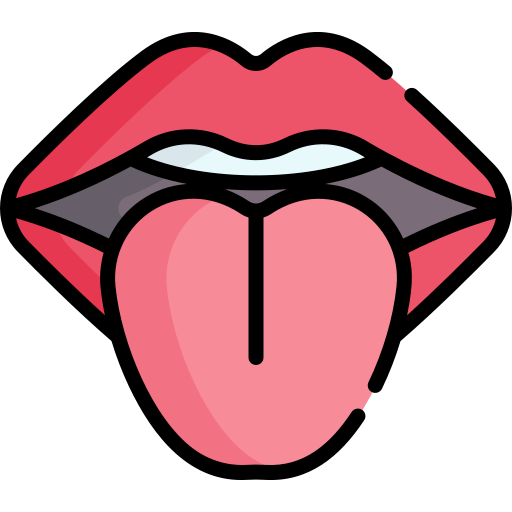 Survival Korean
Survival Korean
한글
Foundational Korean: Hangeul
Special | A | B | C | D | E | F | G | H | I | J | K | L | M | N | O | P | Q | R | S | T | U | V | W | X | Y | Z | ALL
A |
|---|
Alphabet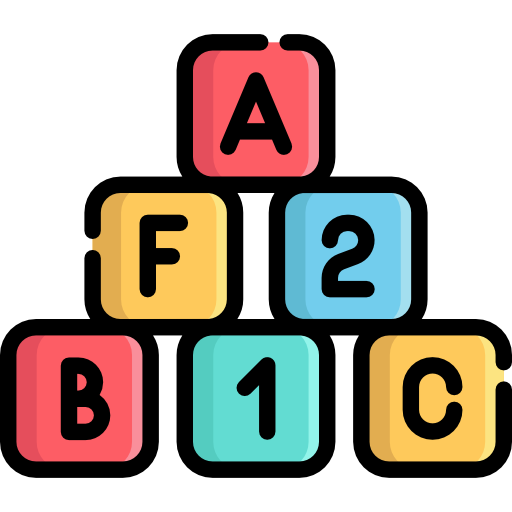
DefinitionAn alphabet is a standardized set of basic written symbols or graphemes (called letters) that represent phonemes in spoken languages. | |
C |
|---|
Character
DefinitionA character is ANY symbol in a script or writing system. | |
Consonant Cluster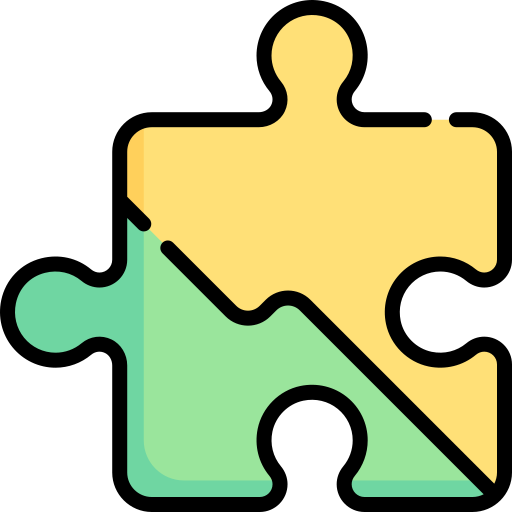
DefinitionA consonant cluser is similar to a diphthong where, rather than two vowels being combined, two consonant phonemes are. For example, the word "cluster" actually has two consonant clusters: /cl/ and /st/. In Korean, there are no such actual consonant clusters in terms of phonemes, only in spelling! But the spelling of consonant clusters (such as 읽) that only really have a single pronunciation (i.e., 읽 --> 익) can be very confusing. It is even more confusing when there is another syllable next to the cluster and then both consonants are pronounced in two different syllables. For example, 읽다 (익다) can be 읽어 which is pronounced exactly how you see - 일거. | |
E |
|---|
Eonmun (언문)
DefinitionEonmun (언문) was a term used to refer to 훈민정음 that is perjorative in nature, meaning a vernacular or vulgar script. It implies that the the script is of lower social status compared to Chinese characters. | |
F |
|---|
Final Position
DefinitionThe final position in the Hangeul syllable block is the trickiest. When only one letter is present the syllable is straightforward, but sometimes two consonants can cluster together here. Not all letters can do this, and knowing how to pronounce the cluster is not necessarily straightforward since despite there being two letters, only one sound can be made. The question that many non-native speakers have (and even native speakers who have never learned Hangeul) is which one to actually say. | |
G |
|---|
Gukmun (국문)
DefinitionGukmun (국문) is another modern way of referring to 훈민정음 or 한글 meaning the national script or domestic script. For example, someone may ask if they should write or fill out an application in English or 국문, meaning in Korean using 한글. | |
H |
|---|
Hangeul (한글)
Definition한글 is the current, modern name used to refer 훈민정음 that was coined in the 1910s in Korea. The name combines the word han (한), meaning "great", and geul (글), meaning "script". The word han can also be used to refer to Korea in general, so the name can also mean "Korean script". | |
Hanja (한자)
DefinitionHanja (한자, 漢字) is the name for Chinese characters in Korean, and more specifically referring to the Chinese characters incorporated into Korean. Hanja-mal (한자말) or hanja-eo (한자어, 漢字語) refers to words which can be written with hanja, and hanmun (한문, 漢文) refers to Classical Chinese writing, although "hanja" is sometimes used loosely to encompass these other concepts. | |
Hunminjeongeum (훈민정음)
DefinitionHunminjeongeum (훈민정음; 訓民正音) means the Correct/Proper Sounds for the Instruction of the People and is the original name used to refer the Korean alphabet. | |
